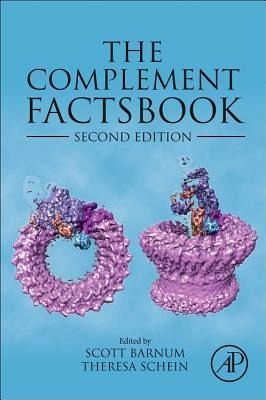
The Complement Factsbook

PAYBACK Punkte
49 °P sammeln!
The Complement FactsBook, Second Edition, provides in-depth insights and an overview of the components of the complement system. This new edition highlights the use of newly recommended complement nomenclature, covering new pathways and proteins and adding information on mouse homologs. It is a completely revised and updated edition containing entries on all components of the complement system, and is an excellent source of one-stop shopping for complement information and references. It is the most convenient compilation of biochemical, biological and molecular biology for complementologists a...
The Complement FactsBook, Second Edition, provides in-depth insights and an overview of the components of the complement system. This new edition highlights the use of newly recommended complement nomenclature, covering new pathways and proteins and adding information on mouse homologs. It is a completely revised and updated edition containing entries on all components of the complement system, and is an excellent source of one-stop shopping for complement information and references. It is the most convenient compilation of biochemical, biological and molecular biology for complementologists and those new in the field.
This new edition is expanded to include relevant updates and topics that have evolved since the last edition was published, including C1q and Lectins, C3 Family, Serine Proteases, Serum Regulators of Complement Activation, Cell Surface Proteins, and Terminal Pathway Proteins. Domain Structure diagrams are incorporated to clearly illustrate the relationships between all the complement proteins, both within families and between families.
This new edition is expanded to include relevant updates and topics that have evolved since the last edition was published, including C1q and Lectins, C3 Family, Serine Proteases, Serum Regulators of Complement Activation, Cell Surface Proteins, and Terminal Pathway Proteins. Domain Structure diagrams are incorporated to clearly illustrate the relationships between all the complement proteins, both within families and between families.













